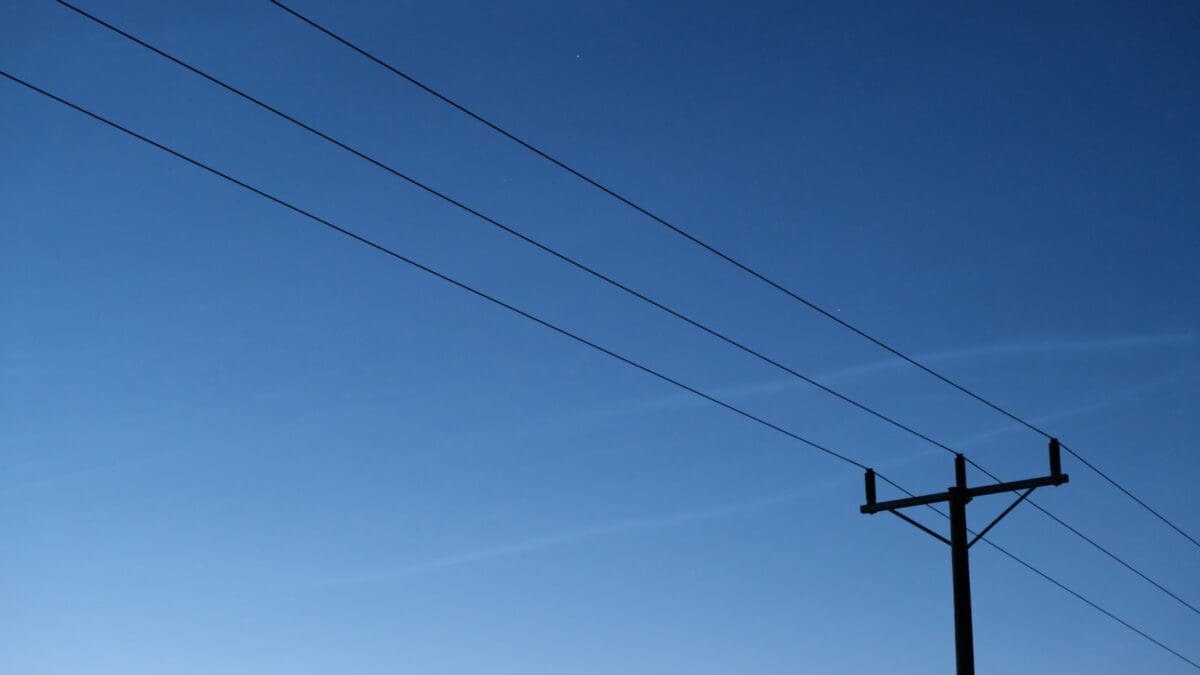Wildlife
What’s with all the power outages in Utah lately?

Photo: Unsplash // Johannes Weckström
Many are experiencing outages in Utah, but Rocky Mountain Power says it isn’t expecting a summer of emergencies
By: Alixel Cabrera, Utah News Dispatch
Thousands of Rocky Mountain Power customers have been experiencing power outages along the Wasatch Front in recent weeks. What gives?
Causes have ranged from preventative shutdowns related to wildfires, to animals wreaking havoc in some systems. But, the utility said it doesn’t anticipate broad emergency events affecting either generation supply or transmission capacity.
“We don’t anticipate that scenario this year. Part of our regulatory requirements are to maintain a certain reserve margin of electric capacity to handle unexpected events. Still, we do have to be prepared for the kind of emergency that would require rotating outages,” David Eskelsen, a Rocky Mountain Power and PacifiCorp spokesperson said.
On Sunday night, about 18,000 people in Clearfield, Syracuse and West Point had outages at around 7 p.m., according to an ABC4 report. That outage was because of an “interference from a fiber optic line that caused loss of transmission to the Clearfield and West Point substations,” Eskelsen said.
The service was later restored for all affected users by 11 p.m.
The cause of other recent outages include vehicle accidents, wind, lightning, tree interference and a few of them were intentional, Eskelsen added, with wildfires getting too close to power lines or substations.
On June 20, for example, an outage that affected over 19,000 users in the West Valley City area that lasted for about an hour was caused by a grass fire burning close to the Parkway and Midvalley substations.
“Following our safety procedures, power was shut down for the safety of firefighters and to prevent damage to electric equipment,” Eskelsen said.
The same day in Millcreek, a squirrel caused a fault on a bridge switch at the Cottonwood substation, leaving 2,121 without power. Also on June 20 in Mapleton, it was a bird that caused the failure that left 2,486 with no electricity for about half an hour.
Though Rocky Mountain Power doesn’t anticipate a summer with blackouts caused by insufficient supply, there is a plan to serve customers if situations turn “severe enough,” Eskelsen said.
Large customers with interruptions contracts would be asked to shut down operations, and other complementary programs, such as Cool Keeper (which lowers the intensity in which air conditioners operate), would be activated.
The utility’s commercial desk would also buy energy from other electricity sellers in the case those efforts aren’t enough to cover demand. If the issues persist, users would be asked to reduce their usage. And, just in the case that all of those measures aren’t sufficient, Eskelsen said, the company would initiate a series of rotating outages until a transmission is restored.
“An intentional outage is safer than allowing an uncontrolled interruption, which could damage utility and customer equipment,” Eskelsen said.
Rocky Mountain Power also faced criticism this week, as it proposed a 30.5% increase in residential electricity rates, a move that could push Utah away from its ranking as one of the states with the lowest electricity bills.
The company said the largest drivers for the proposal, set to be reviewed by the state’s Public Service Commission, are increased costs of fuel and wholesale power, tied with ongoing new electric transmission and generation projects.



















